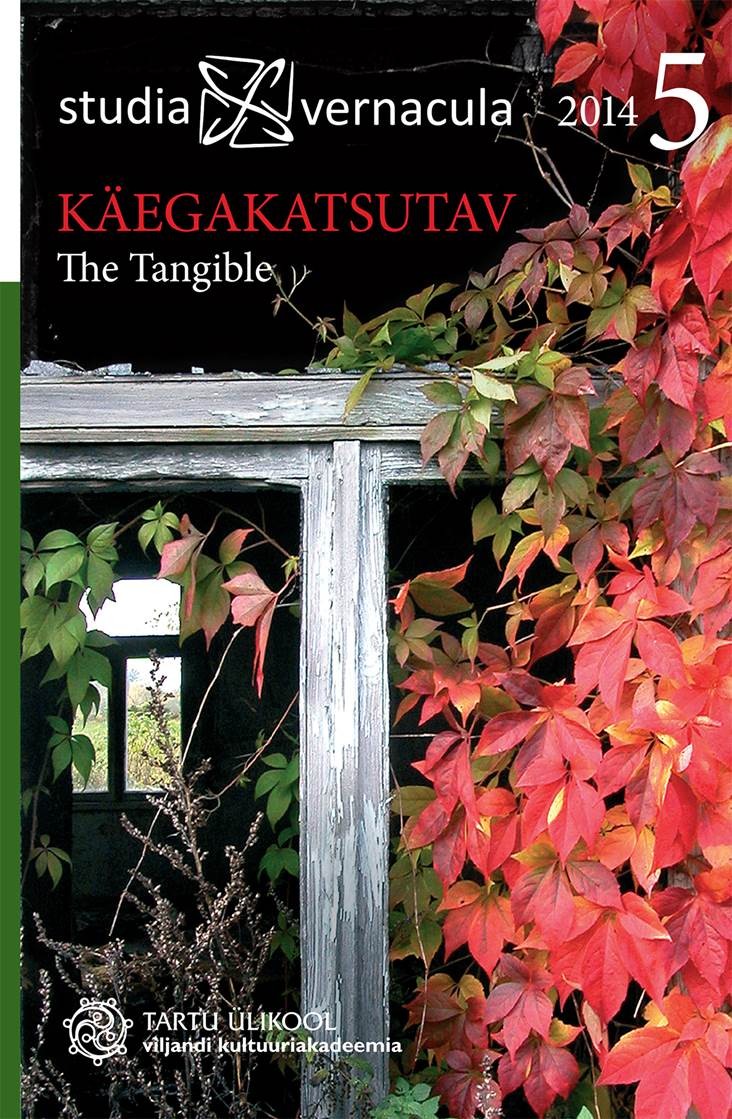Kasetohust punutud Eesti ala märsid: eripärad ja valmistamine / Estonian Birch-bark Satchels: Particularities and Weaving Techniques
DOI:
https://doi.org/10.12697/sv.2014.5.69-93Abstract
The largest group of birch-bark items in the collections of Estonian museums (around 190 objects) consists of “satchels” woven from strips of birch bark, and closable with a flap. (In English, there is no exact equivalent for the Estonian term märss, which denotes a container for food, woven out of birch back, and carried on the back.) These satchels were used mainly in the 19th and the first half of the 20th century in northern Estonia.
The purpose of this article is to provide a brief historical overview of such items as found in Estonian areas, and also to confirm, through comparative analysis with analogues from neighbouring areas, the uniqueness of the technological solutions used to weave them. As far as we know, there is today no birch-bark weaver, who carries on the traditions of his predecessors, so we had to reconstruct the skill, starting by weaving some satchels based on those in the ethnographic collections, which also allowed us to analyze this type of object from the perspective of the requisite skills.
The article offers fascinating data about birch-bark satchels, birch bark crafts in general, and heritage culture. Such knowledge is essential for those who wish to weave Estonian-style birch-bark satchels; it is also useful for stewards of the museum collections who wish to supplement their own knowledge of such items and their associated descriptions. It also provides an opportunity to reappraise the historical value of such satchels in museum collections and their importance in Estonian material heritage culture.
In the course of the research, the authors developed the first typology for birch-bark satchels found in Estonian areas. As they have basically the same structure, four types were identified on the basis of the manner in which the flap is attached. The first type uses a fastening method known to be used only in Estonia, where the flap cord is tied to the base, attached to a half-loop formed from the carrying strap. The fastening method for the second type is that the flap strap is tied to a wooden, spindle-shaped peg in analogous fashion to satchels from neighbouring countries. Of the items we examined, only four used a third type of fastening, where the flap strap was tied to a loop made of bast, cord or leather strap. The fourth category I reserved for categorizing all items that had no discernible sign of how to fasten the flap. Presumably the flaps on such satchels were not secured by tying or were tied to a cord fastened to the base, which none of the extant items have.
The edges of all of the birch-bark satchels from Estonian areas have a discernible cord or “lakapael” (flap strap) woven into them – this is an interesting solution which is not typically found in any neighbouring countries, where an additional bark strip is used in weaving the edge of the flap. The unusual practice of weaving in the flap strap could have been transposed from techniques involving the plaiting of bast or birch bark in plain weaves for making sandals, where it was the customary practice – especially in north-eastern and southeastern Estonia – to weave cord into the edge.

